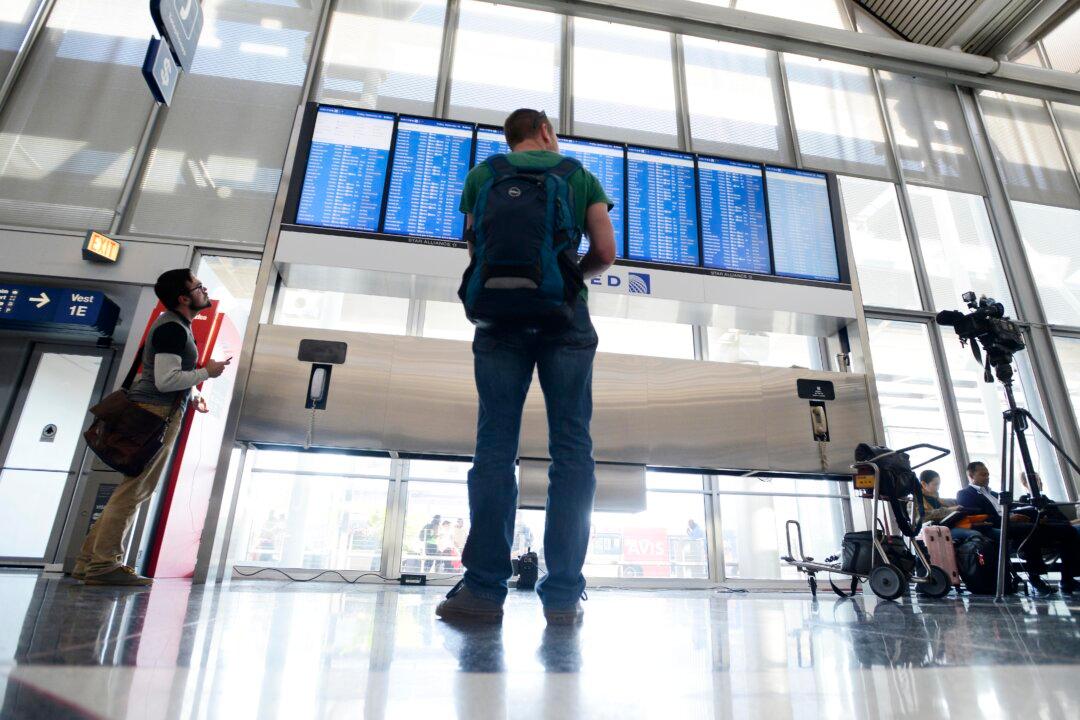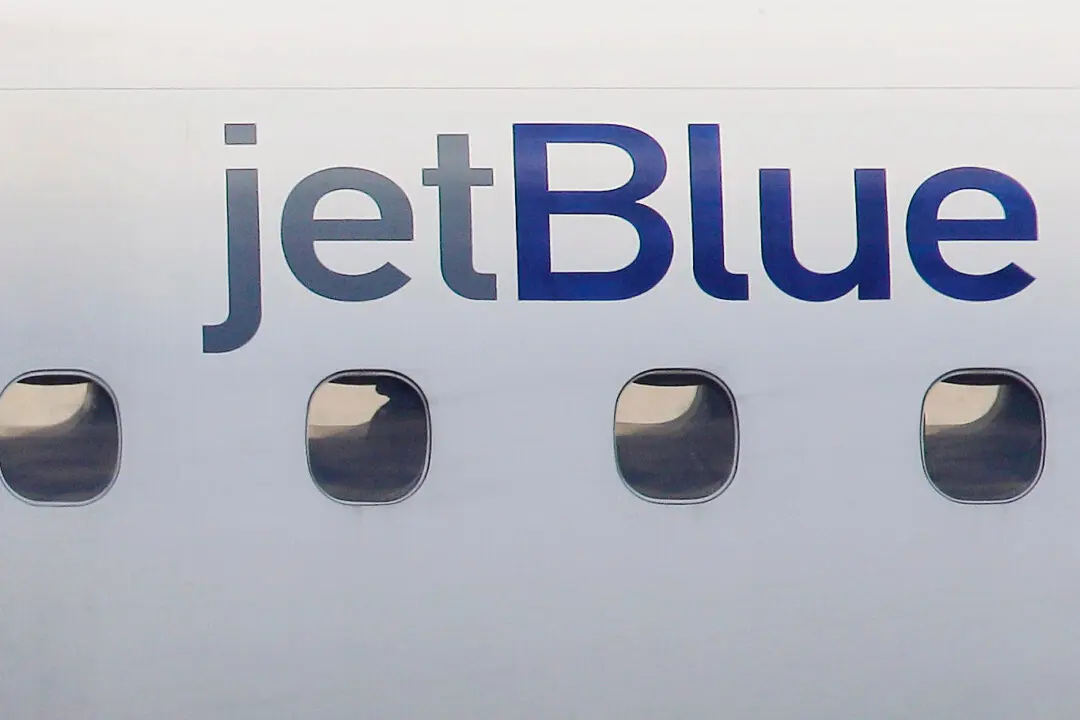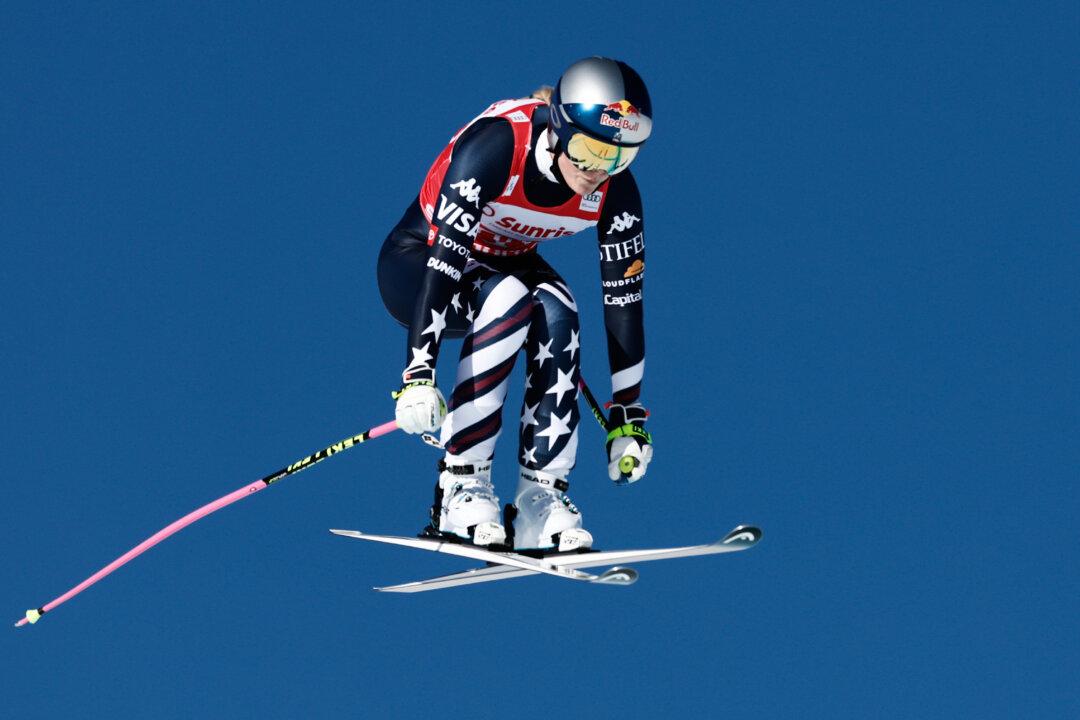CHICAGO—Jetliners roared down O'Hare’s newest runway as Chicago officials cheerfully touted the latest piece of a decade-long overhaul as a tipping point that could cut delays in half and dramatically improve the reputation for bottlenecks at one of the nation’s busiest airports.
But in the year and a half since that celebratory event, delays have been even more common than in the five years before the strip opened, according to an analysis by The Associated Press.
“It just shows the problem is bigger than concrete,” aviation consultant Michael Boyd said. “It’s like building more on-ramps to a freeway that’s already congested.”
From the runway’s opening in October 2013 through this past March, nearly 28 percent of departures have been delayed, compared with 22 percent over the five previous years, according to the latest available data from the Bureau of Transportation Statistics. Arrival delays tracked a similar 6 percentage point increase, hitting 26 percent. The jump was double the national increase.





